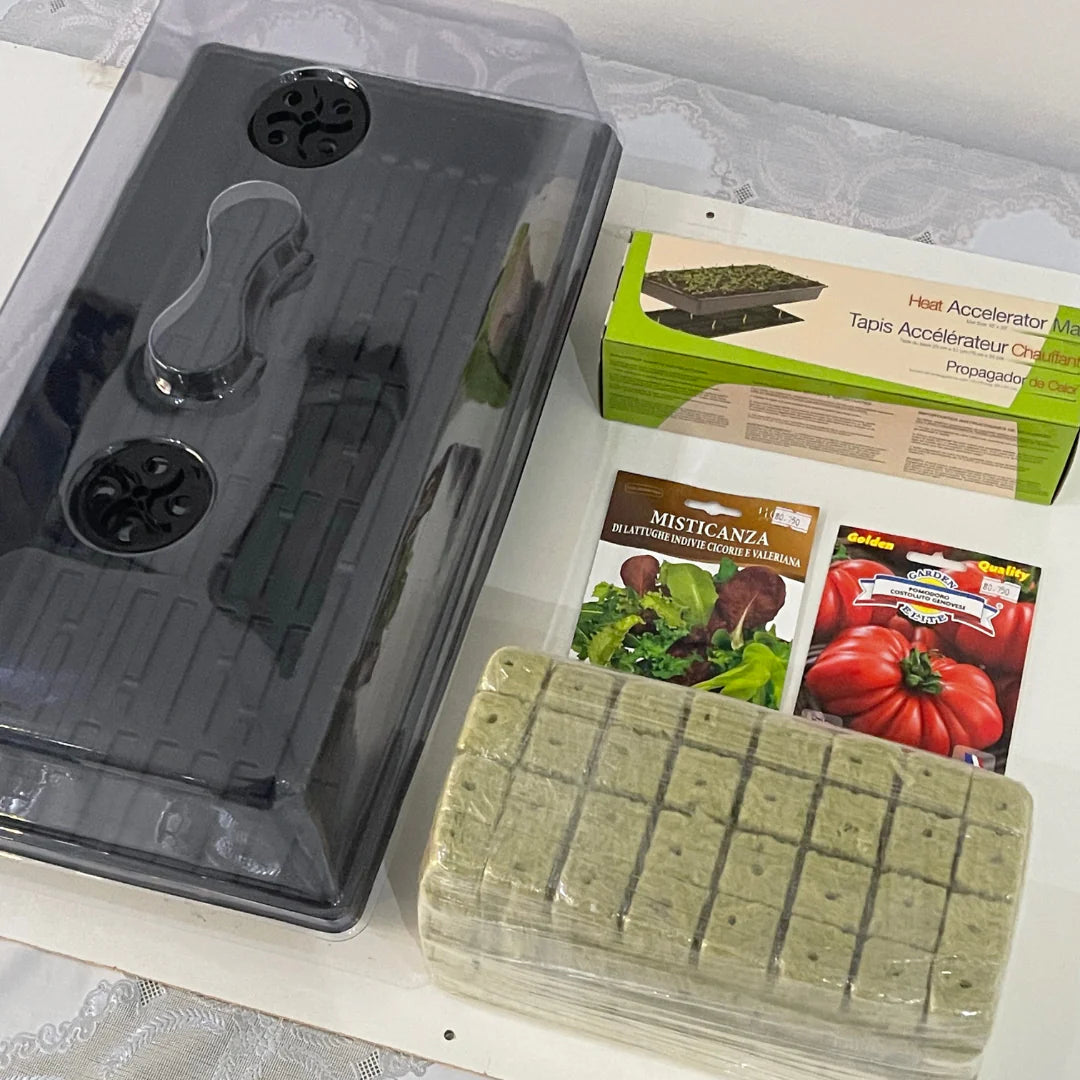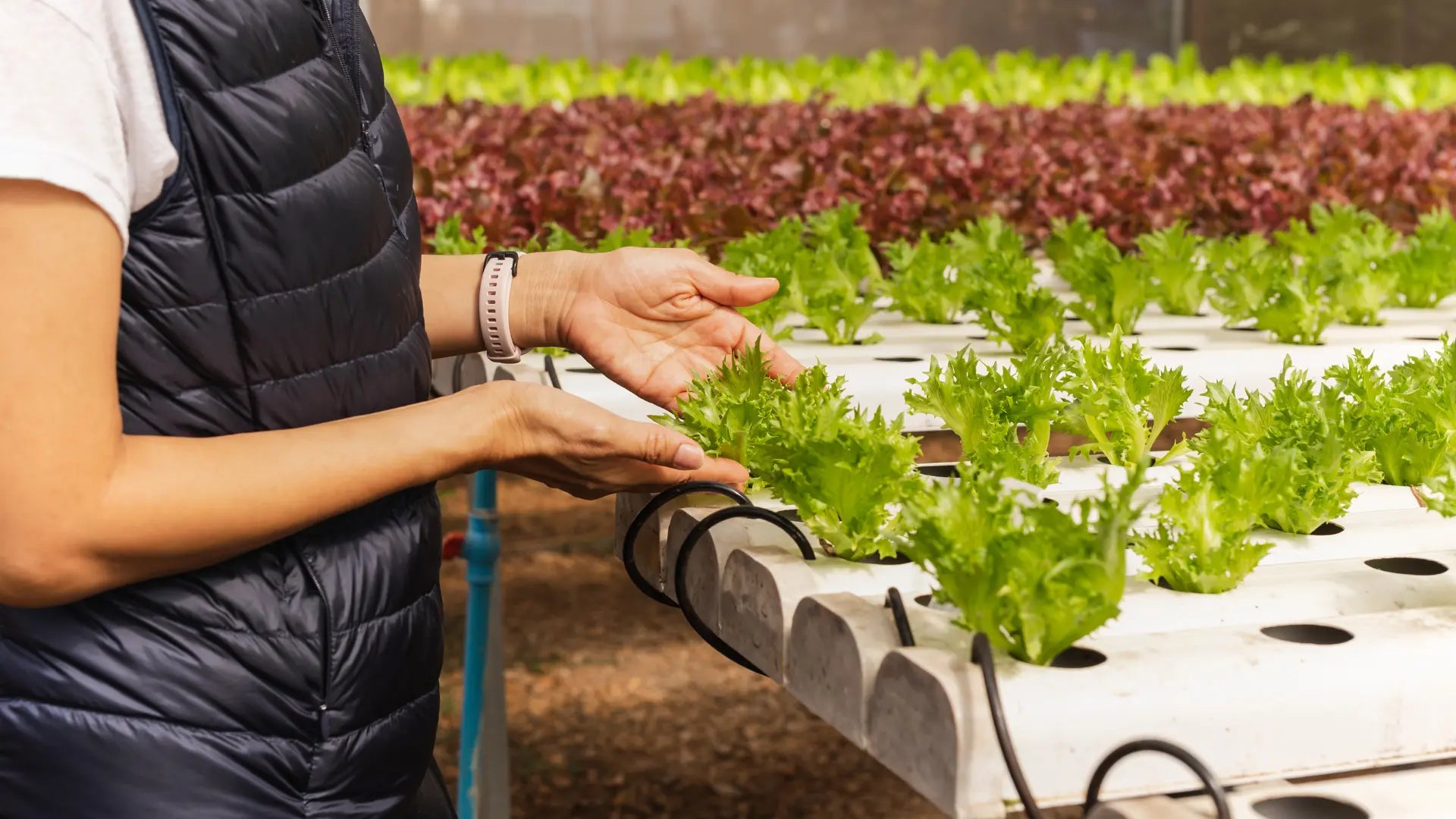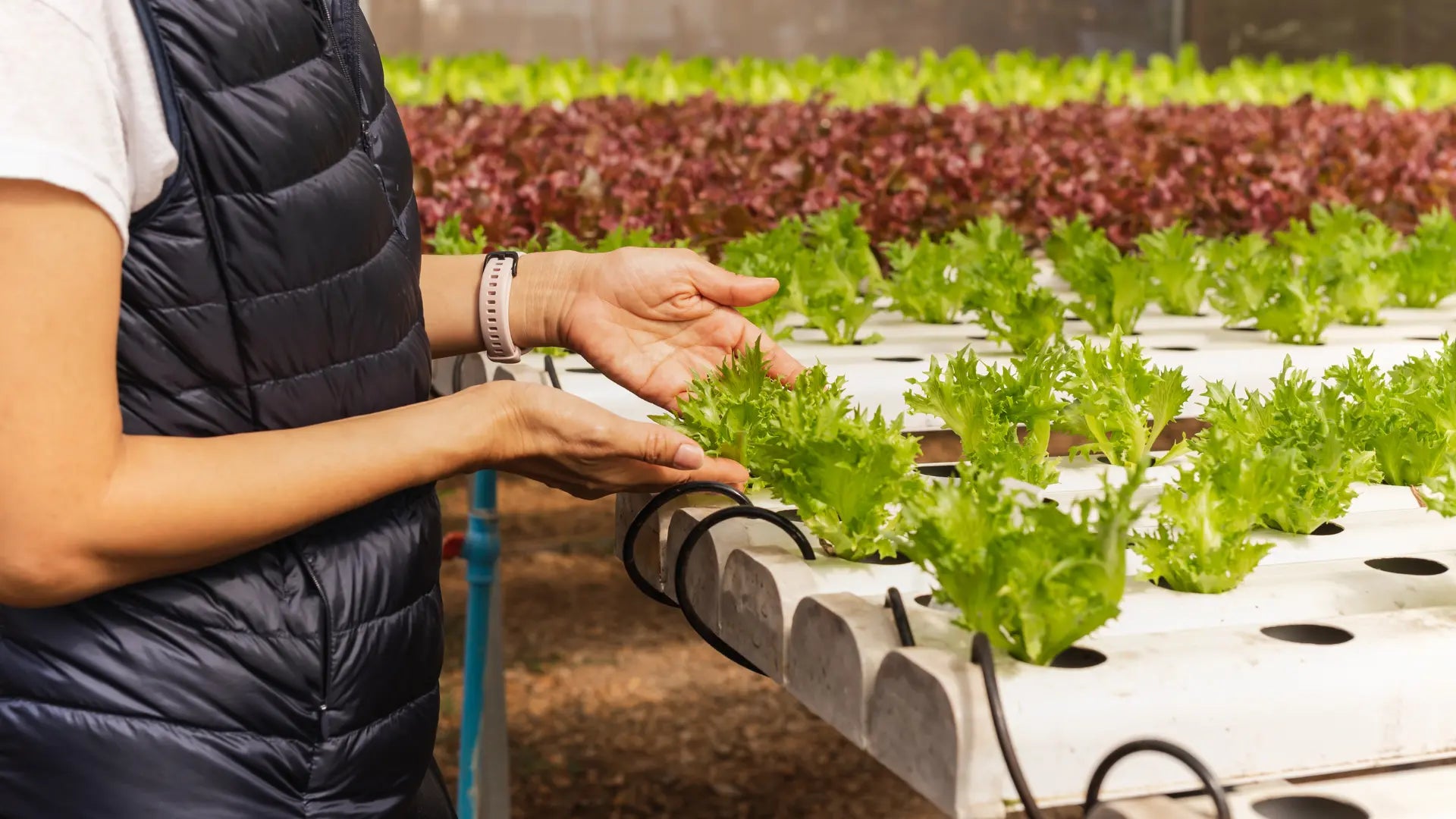Understanding the Dutch Bucket System
No. of plant holes: 6
System Dimensions: 90 56x 65 cm
Growing area: Outdoors
Varieties can be grown: Vegetables (tomatoes, eggplant, pepper...)
Equipment included: Pump, Timer, Tank
What is the Dutch Bucket ?
The Dutch Bucket System is a popular hydroponic gardening technique primarily used for growing larger plants like tomatoes and peppers. In this system, each plant is grown in its own bucket filled with a growing medium, allowing for better drainage and aeration. By using a nutrient-rich water solution, you can provide plants with essential nutrients more efficiently than traditional soil gardening. This method is gaining popularity among both hobbyists and commercial growers.
Setup and Components
Setting up a Dutch Bucket System is relatively simple, and it requires a few essential components. You’ll need buckets, a reservoir for the nutrient solution, a pump for water circulation, and a drain system. Buckets can be made from a variety of materials, but they should have drainage holes to prevent over-watering. The design allows for gravity-fed drainage, which ensures that excess water is recycled back to the reservoir, minimizing waste. This efficiency is one reason why many gardeners choose this system.
Benefits of the Dutch Bucket System
The Dutch Bucket System offers several advantages that make it a preferred choice for many hydroponic enthusiasts. One of the biggest benefits is the ability to manage water and nutrients effectively, reducing waste and ensuring that plants receive exactly what they need. Additionally, this system promotes strong root development, leading to healthier and more productive plants. Because of its flexibility, you can easily expand or modify the setup to accommodate various plant types or growth stages.
What is the Dutch Bucket System?
The Dutch Bucket System is a popular hydroponic gardening technique primarily used for growing larger plants like tomatoes and peppers. In this system, each plant is grown in its own bucket filled with a growing medium, allowing for better drainage and aeration. By using a nutrient-rich water solution, you can provide plants with essential nutrients more efficiently than traditional soil gardening. This method is gaining popularity among both hobbyists and commercial growers.
Setup and Components
Setting up a Dutch Bucket System is relatively simple, and it requires a few essential components. You’ll need buckets, a reservoir for the nutrient solution, a pump for water circulation, and a drain system. Buckets can be made from a variety of materials, but they should have drainage holes to prevent over-watering. The design allows for gravity-fed drainage, which ensures that excess water is recycled back to the reservoir, minimizing waste. This efficiency is one reason why many gardeners choose this system.
Benefits of the Dutch Bucket System
The Dutch Bucket System offers several advantages that make it a preferred choice for many hydroponic enthusiasts. One of the biggest benefits is the ability to manage water and nutrients effectively, reducing waste and ensuring that plants receive exactly what they need. Additionally, this system promotes strong root development, leading to healthier and more productive plants. Because of its flexibility, you can easily expand or modify the setup to accommodate various plant types or growth stages.





































































































































































































































































































































